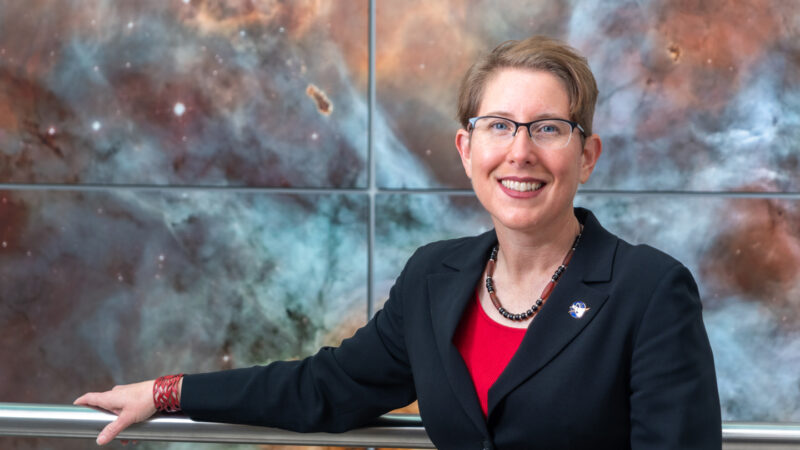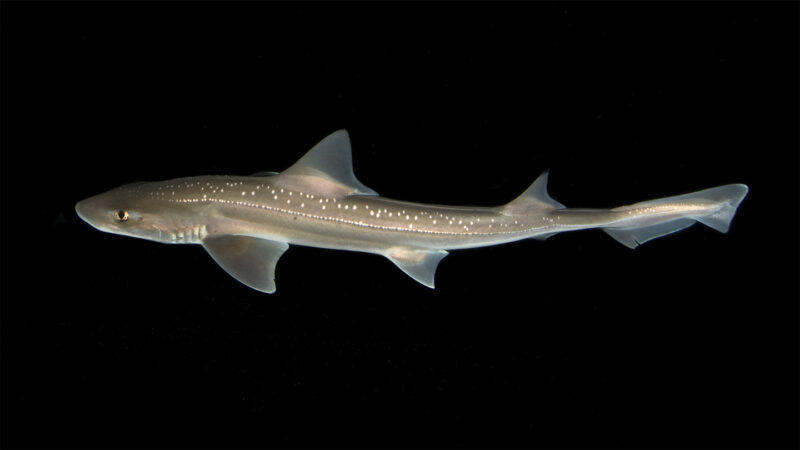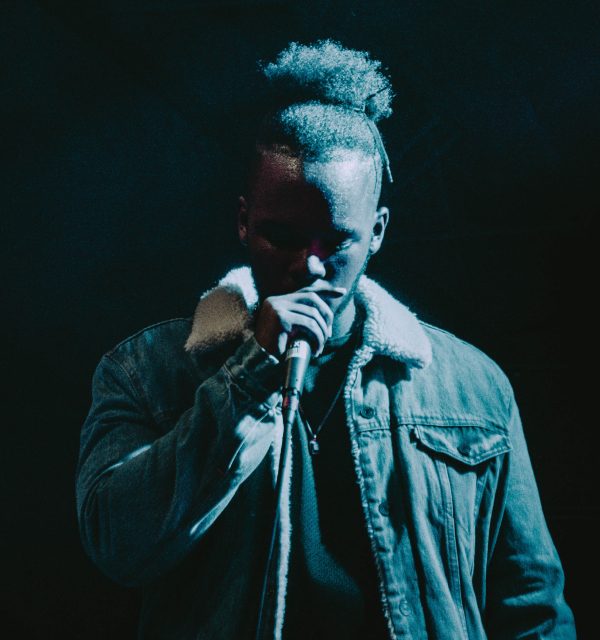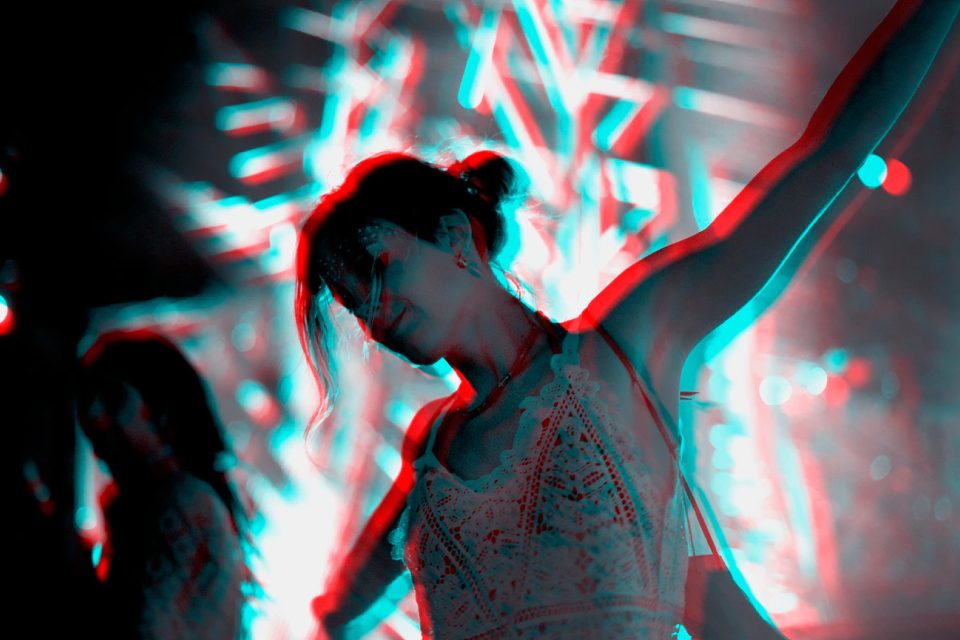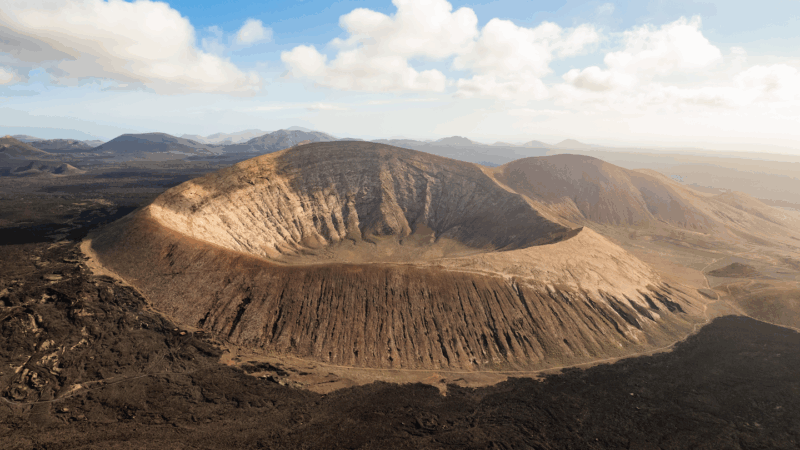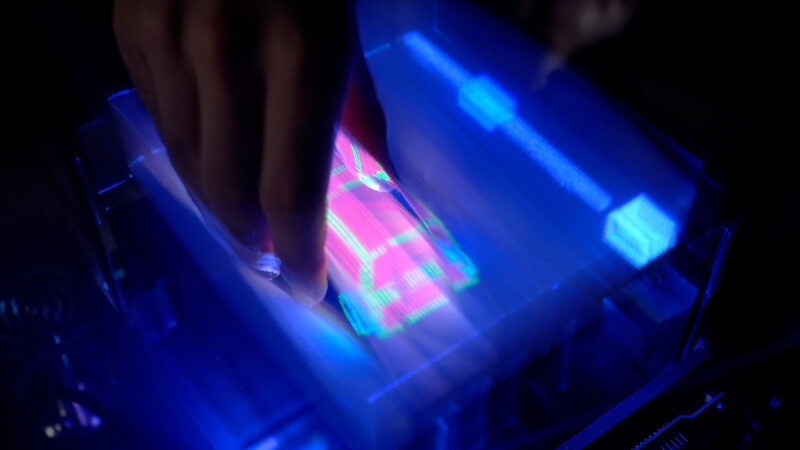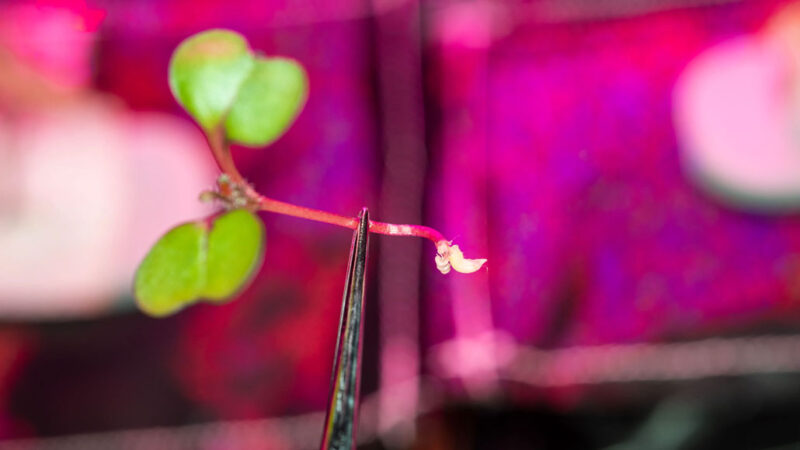One of a telescope operator’s main jobs is to keep stray light out of the instrument. Unwelcome light can wash out the cosmic glimmers of distant stars and galaxies. During more than a decade of work on NASA’s James Webb Space Telescope, Jane Rigby obsessed over minimizing light leaks. And she had extraordinary success.
Rigby herself, now the senior project scientist for JWST, is a source of light.
“I don’t know how she does everything that she does, and does everything well,” says Keren Sharon. She’s an astronomer at the University of Michigan in Ann Arbor. “She gets giddy,” Sharon says of Rigby. “It could be about figuring out a [technical] bug, or discovering this super-exciting thing about a galaxy. … Her face lights up.”
Rigby got interested in a career in space science around age 12, after she saw Sally Ride speak at a local college. Ride was the first American woman in space.
As a college student, Rigby got her first experience using a telescope for research. At the McDonald Observatory in Texas, she and her colleagues aimed a telescope at a distant quasar. The project was plagued by light leaks and ultimately yielded no data. “But it was really fun,” Rigby says. “I was learning everything, trying to learn how the telescope worked.”
With JWST data, Rigby and colleagues found signs of hydrocarbons in this galaxy (red ring, shown in false color). It’s located more than 12 billion light-years from Earth. A second, closer galaxy (blue) lined up perfectly to magnify the light from the more distant one. J. SPILKER, S. DOYLE, NASA, ESA, CSA
Since then, Rigby has used many telescopes, including ones in Hawaii, in Chile and even in space. Those instruments have helped her investigate how galaxies evolve along with the supermassive black holes hiding within them.
“I will use any telescope I can get my hands on,” Rigby says. All that telescope time meant she was ready to join the JWST team when the opportunity came in 2010.
To work on JWST, Rigby took a job at NASA’s Goddard Space Flight Center in Greenbelt, Md. Before launch, most of her time was devoted to making sure that changes to the telescope’s design wouldn’t mess up the science. After the telescope launched in 2021, her job shifted to characterizing how well the telescope works — and JWST is basically a dream come true.
There’s better image quality, higher sensitivity, faster response times and a longer potential mission lifetime than predicted before launch. Plus, there’s practically no light leaks. “It’s not an accident that the telescope works so well,” Rigby says, pointing to a huge amount of work by tens of thousands of people.
With the telescope working so well, Rigby could turn her attention to scientific questions. She helps lead an observing program that looks at galaxies whose light has been magnified by foreground objects. That helps astronomers glimpse how the galaxies form stars.
Rigby has also lit a path for queer astronomers and others who are historically underrepresented in astronomy. She has been out as part of the LGBTQ+ community since 2000, and she has devoted much of her career to holding the door open for others. She has helped set up groups and meetings for making astronomy more inclusive. A current priority is making sure trans people feel safe and welcome in the field.
“I didn’t grow up with any queer role models,” Rigby says. “I hope I’m the last generation for which that’s true.”

